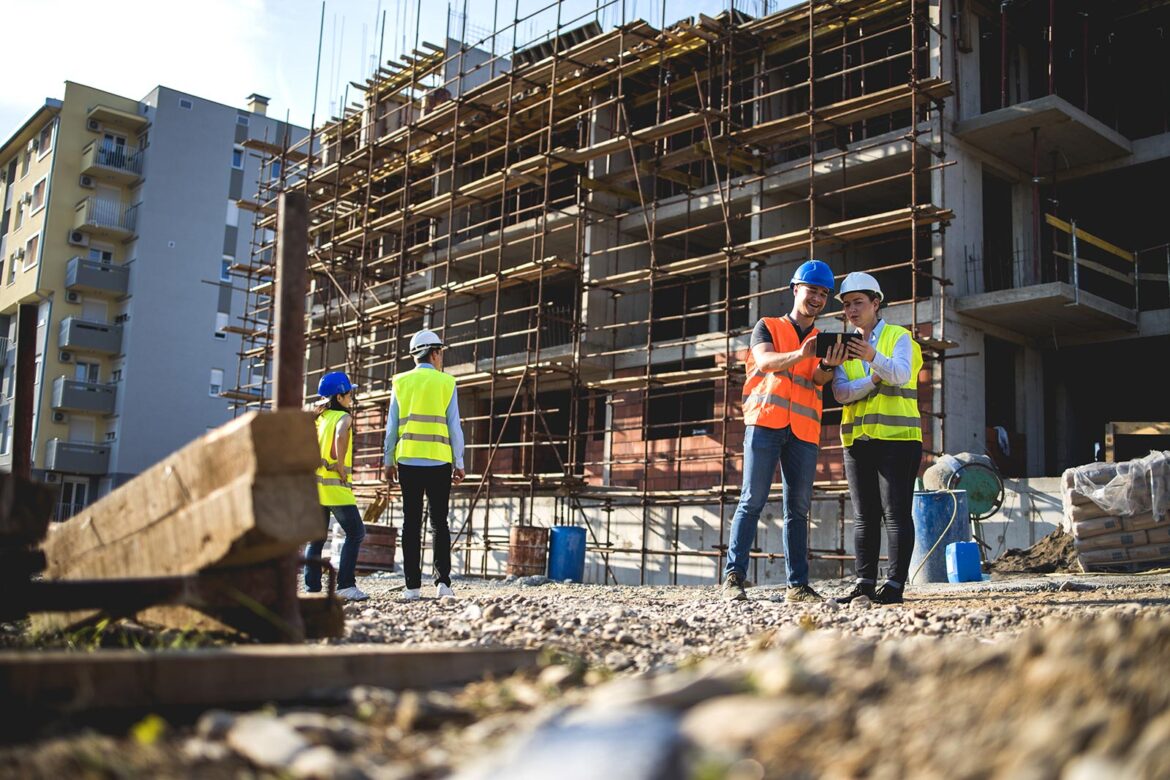
Claims Retrospective: Won’t You Be My Neighbor? – The Importance of Considering the Effect of Your Work on Neighboring Properties.
We have seen an increase in claims by neighboring property owners to lots with significant construction. The most common claim by neighboring property owners is that the construction has or will cause more water to accumulate on or flow through their property, resulting in ponding, erosion, and other soil movement. These claims are not only costly, but also can be difficult to resolve as the neighboring property owners frequently do not understand the nature of liability insurance and often just want the engineer or its liability insurer to simply fix the problem.
If an engineer performs civil engineering services, such as the design of the drainage or grading, as part of a significant construction project, it is important that the engineer consider what, if any, effect the construction and/or final product will have on the neighboring properties. The engineer should consider whether the new construction will increase the flow or amount of water entering the neighboring properties, whether there are adequate drainage systems in place to carry the water to the appropriate locations, such as a creek, retention pond, or municipal drainage/sewer system, and whether an investigation of the existing stormwater management systems should be made to determine if they are functional or require maintenance or repairs. The answers to these questions may lead the engineer to determine that more extensive investigations or testing are necessary than initially anticipated.
Additionally, if the neighboring property owners raise concerns regarding water runoff and drainage during an ongoing project, the engineer should take those concerns seriously and work with the municipality to make sure that the engineer is following any applicable codes, statutes, regulations, or guidelines. Further, responding to the neighbors’ concerns during the construction project can help prevent a claim not only by ensuring compliance with applicable codes, statutes, regulations, and guidelines, but also by identifying and addressing any problem areas that could lead to claims in the future.
Careful consideration of the effects that the construction project will have on neighboring properties is an essential practice for the civil engineer providing drainage and grading plans and drawings, especially in locations prone to flooding or with little to no previous large-scale development.






